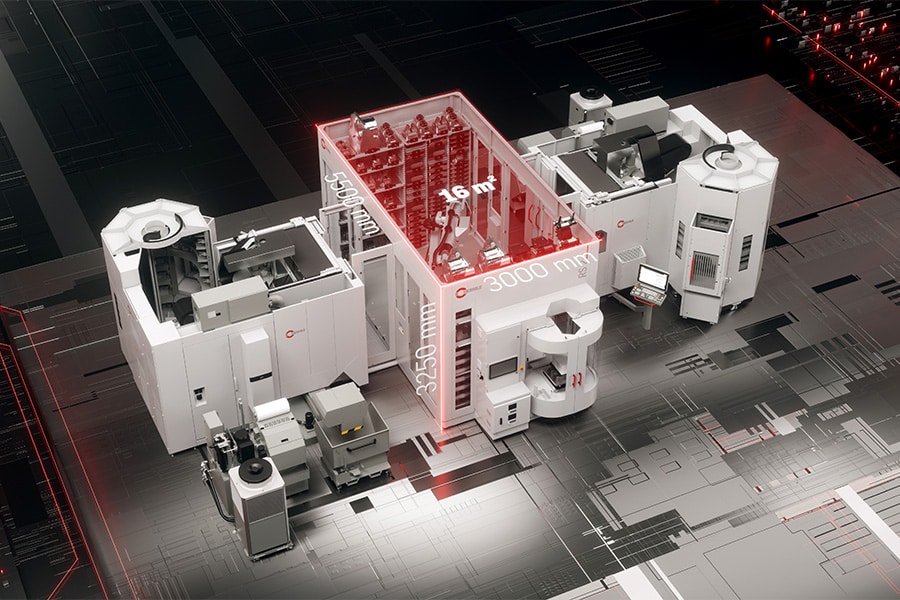
CMMS for reactive, preventive and predictive maintenance plans
Because that costs money, handfuls of money. But which maintenance plan is the best fit for your production? And how can a CMMS (computerized maintenance management system) help improve maintenance?
CMMS systems are the way of choice to streamline maintenance processes. Today, this software typically provides a platform that can be accessed via computer as well as tablets or smartphones. On it, companies can schedule their maintenance activities, assign tasks and monitor maintenance plans. But exactly what that maintenance strategy then looks like can vary enormously.
Reactive maintenance
Reactive maintenance basically involves responding when a problem arises. The biggest challenge for those using this strategy is just unplanned downtime. When a particular asset fails, it can have a huge impact on the rest of production. In the most severe case, it comes to a complete halt and your maintenance crew has to work overtime to fix the problem as quickly as possible. Those who wait until something breaks down before intervening must invest relatively little time and resources. On the other hand, there is little control and the cost of repairs can be heavy. This is where a CMMS will add little value.
Preventive maintenance
In a preventive maintenance strategy, a company performs maintenance on assets and machinery on a regular basis. The goal is to address breakdowns or failures before they happen. The premise of this strategy is to recognize potential weak spots that could cause problems and correct them in time. A CMMS can assist with this perfectly. The software can track when preventive maintenance programs should be scheduled and keep track of all the data harvested from them on a central platform. Based on this data (certain maintenance problems, required spare parts, rate at which failures occur ...) the maintenance plans can then be further optimized. Preventive maintenance is interesting for all types of companies, regardless of scale or sector.
Predictive maintenance
Predictive maintenance can be seen as the next step in maintenance plans. Without CMMS, however, it will be difficult to achieve. After all, the point is to collect as much historical data on maintenance activities as possible. After all, based on that information, a company can start making calculated decisions about when exactly maintenance is needed. Not on the basis of preset time intervals, but on the basis of the actual condition of the assets. It does require an initial investment before it can be implemented. After all, one must have the right technology that can provide data. Think, for example, of vibration or temperature measurements in bearings that can predict when a failure will occur. That investment cost may deter smaller companies, but it's important to keep in mind the long-term gains that are possible. After all, predictive maintenance makes it possible to significantly increase plant reliability and maintenance efficiency and optimize maintenance costs.
Conclusion
You don't have to be a rocket scientist to do preventive or predictive maintenance. They are strategies that are easily integrated into a CMMS to ensure that machines and assets are properly maintained. Taking this step toward maintenance to a higher level makes it easy to avoid unplanned downtime.



